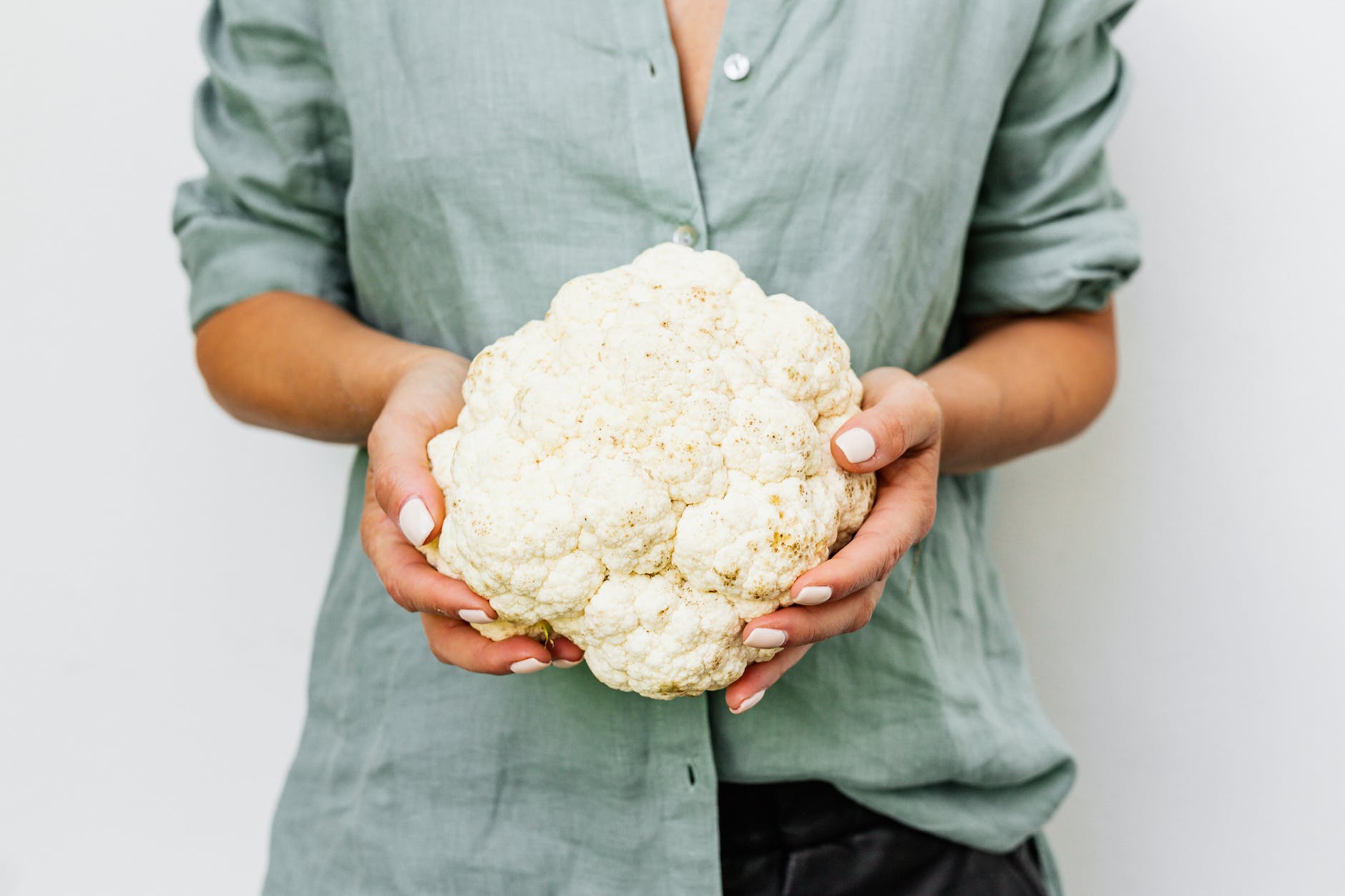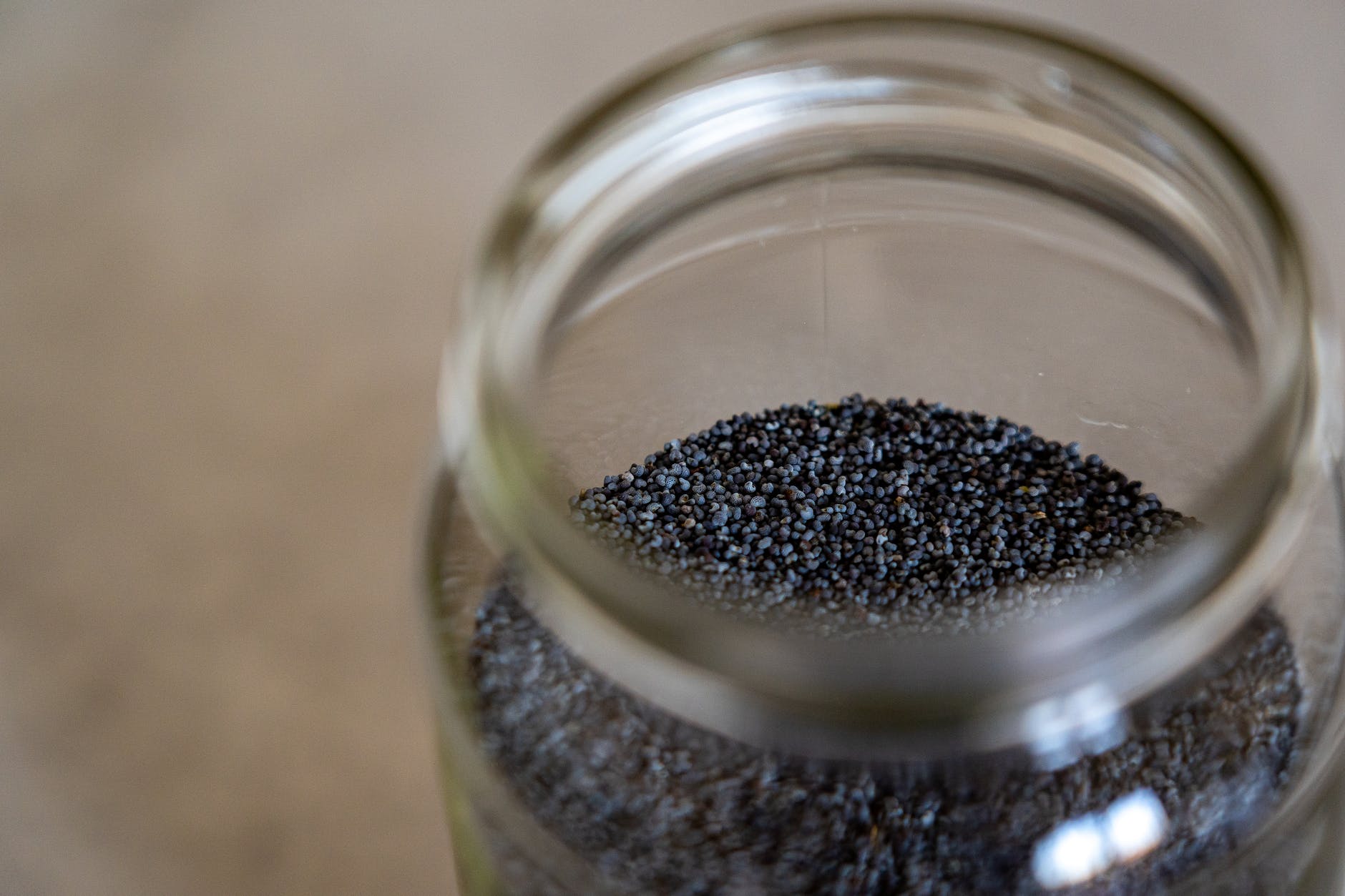
Cauliflower has become a superstar in the world of low-carb and keto diets. With its versatility and ability to mimic various high-carb ingredients, it has gained popularity as a go-to option for creating keto-friendly meals. In this post, we’ll explore the benefits of cauliflower on a keto diet, different ways to prepare and enjoy it, and some delicious cauliflower-based recipes to add to your repertoire. 🥦💪🍽️
Why Cauliflower is a Game-Changer on the Keto Diet 🥦
Cauliflower is a cruciferous vegetable that offers a wide array of health benefits, making it an excellent choice for those following a keto lifestyle. Here’s why cauliflower is a game-changer on the keto diet:
- Low in Carbohydrates: One of the key reasons cauliflower shines on the keto diet is its low carbohydrate content. A cup of raw cauliflower contains only around 5 grams of net carbs, making it an ideal choice for maintaining ketosis while still enjoying a satisfying and nutritious vegetable. 🥦🌿
- High in Fiber: Fiber is essential for digestion, satiety, and maintaining stable blood sugar levels. Cauliflower is rich in fiber, with approximately 3 grams of fiber per cup, aiding in proper digestion and promoting feelings of fullness. The fiber content also helps slow down the digestion of carbohydrates, making cauliflower a valuable addition to a keto diet. 🌾🥦😌
- Versatile and Mimics High-Carb Ingredients: Cauliflower’s neutral taste and ability to mimic higher-carb ingredients make it a versatile option in keto cooking. It can be transformed into cauliflower rice, mashed cauliflower, cauliflower pizza crust, or even used as a substitute for potatoes in dishes like cauliflower mash or roasted cauliflower “potato” salad. This versatility allows you to enjoy the flavors and textures you love while staying true to your keto goals. 🍚🥔🥗
- Packed with Nutrients: Cauliflower is packed with essential vitamins and minerals, including vitamin C, vitamin K, folate, and potassium. These nutrients contribute to overall health and support various bodily functions. Vitamin C, in particular, acts as an antioxidant and supports immune function, while vitamin K is important for bone health and blood clotting. Including cauliflower in your keto diet ensures you’re getting a range of beneficial nutrients. 🌟🍅🥬
Ways to Prepare and Enjoy Cauliflower on the Keto Diet 🍽️
Cauliflower’s versatility allows for endless possibilities when it comes to preparing and enjoying it on a keto diet. Here are some popular ways to incorporate cauliflower into your meals:
- Cauliflower Rice: Use a food processor or a grater to turn cauliflower florets into rice-like pieces. Sauté it in a pan with some oil and seasonings of your choice to create a low-carb alternative to rice in stir-fries, fried rice, or as a base for curry dishes. Cauliflower rice is a fantastic option for adding volume and texture to your meals while keeping carbs in check. 🍚🍳🍛
- Mashed Cauliflower: Steam or boil cauliflower florets until tender, then blend or mash them until smooth. Add some butter, cream, garlic, and seasonings to create a creamy and flavorful alternative to mashed potatoes. Mashed cauliflower is a comforting side dish that pairs well with grilled meats or roasted vegetables. 🥔🧈😋
- Cauliflower Pizza Crust: Blend cauliflower florets and then squeeze out any excess moisture using a clean kitchen towel. Mix the cauliflower “rice” with cheese, eggs, and seasonings, then form it into a crust shape and bake until golden. Top it with your favorite keto-friendly pizza toppings for a delicious and low-carb alternative to traditional pizza. Cauliflower pizza crust is a game-changer for pizza lovers on a keto diet, allowing them to satisfy their cravings while keeping their carbohydrate intake in check. 🍕🍕🍕
- Cauliflower Buffalo Wings: Coat cauliflower florets in a mixture of almond flour, spices, and buffalo sauce, then bake until crispy. Serve with a side of keto-friendly ranch or blue cheese dressing for a tasty and satisfying appetizer or snack. Cauliflower buffalo wings are a fantastic alternative to traditional chicken wings, providing a crunchy texture and a tangy, spicy flavor without the excess carbs. 🍗🔥🌶️
- Roasted Cauliflower: Toss cauliflower florets in olive oil, sprinkle with seasonings like garlic powder, paprika, and salt, then roast in the oven until caramelized and tender. The roasting process enhances the natural sweetness of cauliflower and adds a delightful flavor and texture. Roasted cauliflower makes a delicious side dish or can be added to salads, grain-free bowls, or even enjoyed on its own as a flavorful and nutritious snack. 🥦🔥🍽️
Delicious Cauliflower-Based Keto Recipes to Try 🍲
- Loaded Cauliflower Casserole: This cheesy and comforting casserole combines cauliflower rice, sour cream, shredded cheese, bacon, and green onions for a delicious and satisfying keto-friendly side dish. It’s the perfect recipe to showcase the versatility of cauliflower and make your taste buds happy. 😍🧀🥓
- Cauliflower Mac and Cheese: Create a creamy and cheesy mac and cheese dish using cauliflower as the base. Steam or boil cauliflower florets until tender, then mix it with a cheese sauce made from heavy cream, cheddar cheese, and spices. Top it with crispy bacon bits for added flavor. This keto-friendly version of mac and cheese will satisfy your cravings without the guilt. 🧀🥓😋
- Cauliflower Fried Rice: Transform cauliflower into a flavorful and low-carb alternative to traditional fried rice. Sauté cauliflower rice with diced vegetables, scrambled eggs, and your choice of protein for a complete and satisfying meal. This quick and easy recipe is perfect for busy weeknights when you want a healthy and delicious dinner on the table in no time. 🍳🥦🍚
- Cauliflower Hummus: Blend cooked cauliflower with tahini, garlic, lemon juice, and spices to create a delicious and keto-friendly version of hummus. Enjoy it as a dip with cucumber slices, celery sticks, or low-carb crackers. This hummus variation offers all the flavor and creaminess you love without the excess carbs found in traditional chickpea-based hummus. It’s a great option for snacking or entertaining. 🌰🥦😍
Conclusion 💡
Cauliflower is a versatile and nutrient-packed vegetable that can be a game-changer on a keto diet. Its low carbohydrate content, high fiber content, and ability to mimic high-carb ingredients make it a popular choice for creating delicious and satisfying keto-friendly meals. Whether you’re using it as a rice substitute, pizza crust, or mashed potato alternative, cauliflower offers a range of possibilities to explore in your keto kitchen. So, get creative, try new recipes, and enjoy the benefits of cauliflower as you continue your keto journey. 🥦💪🍽️











